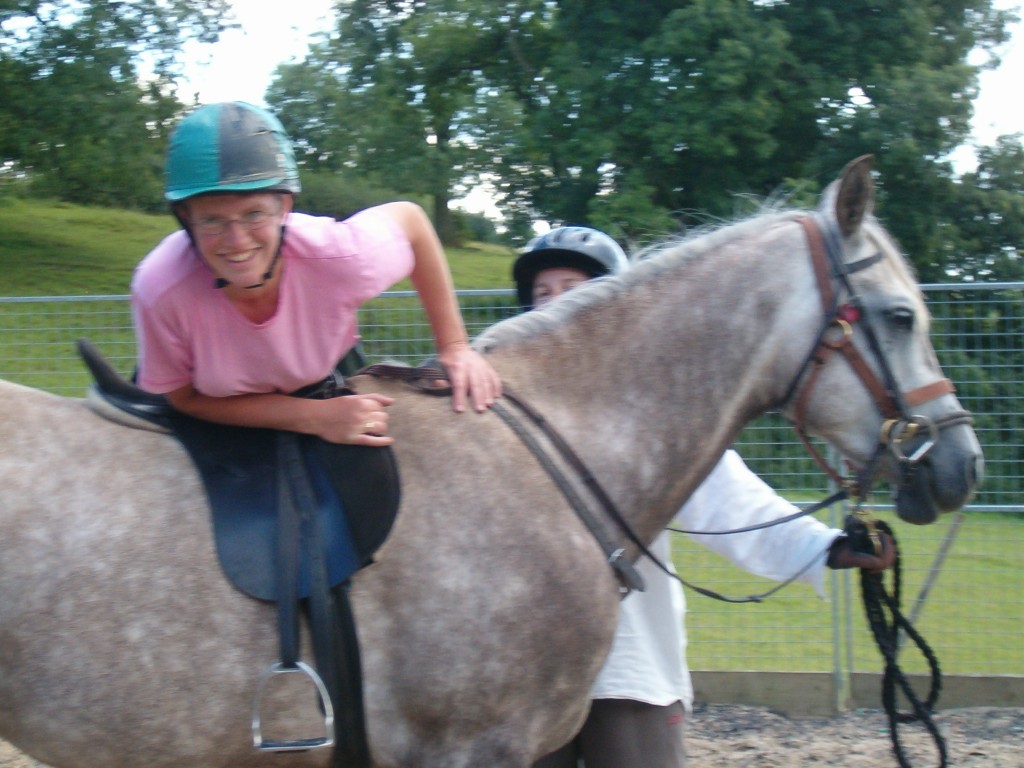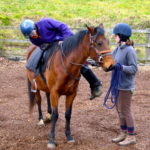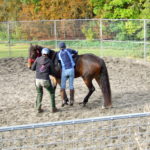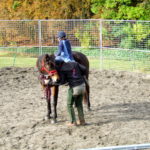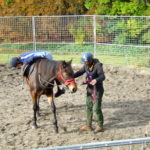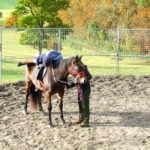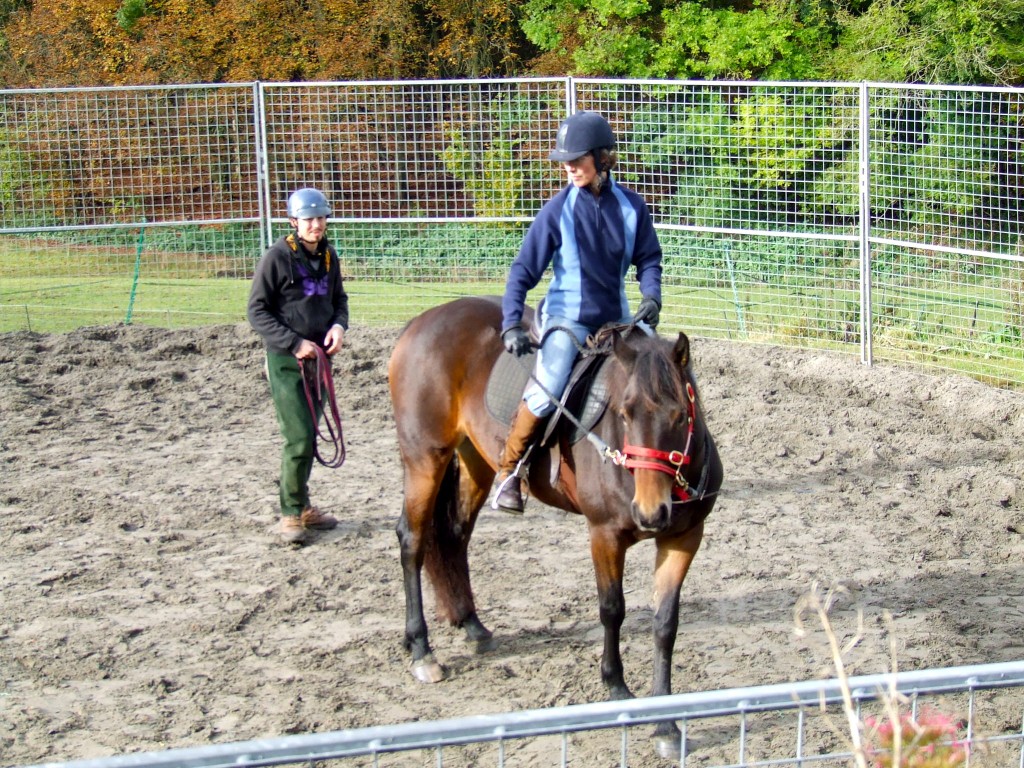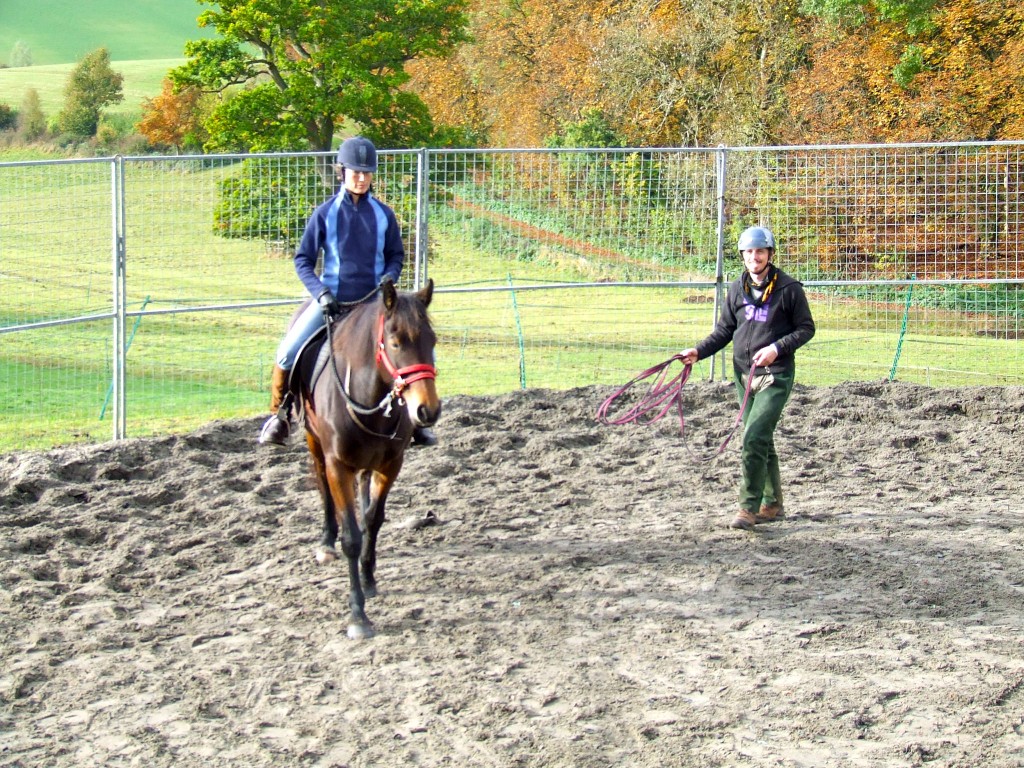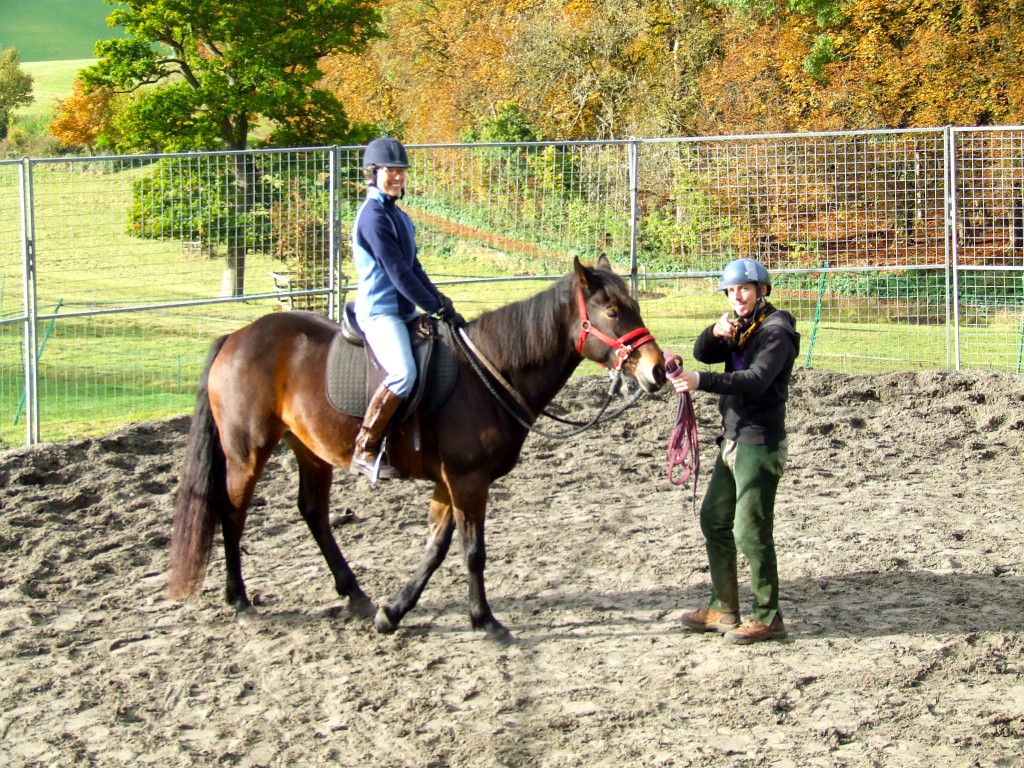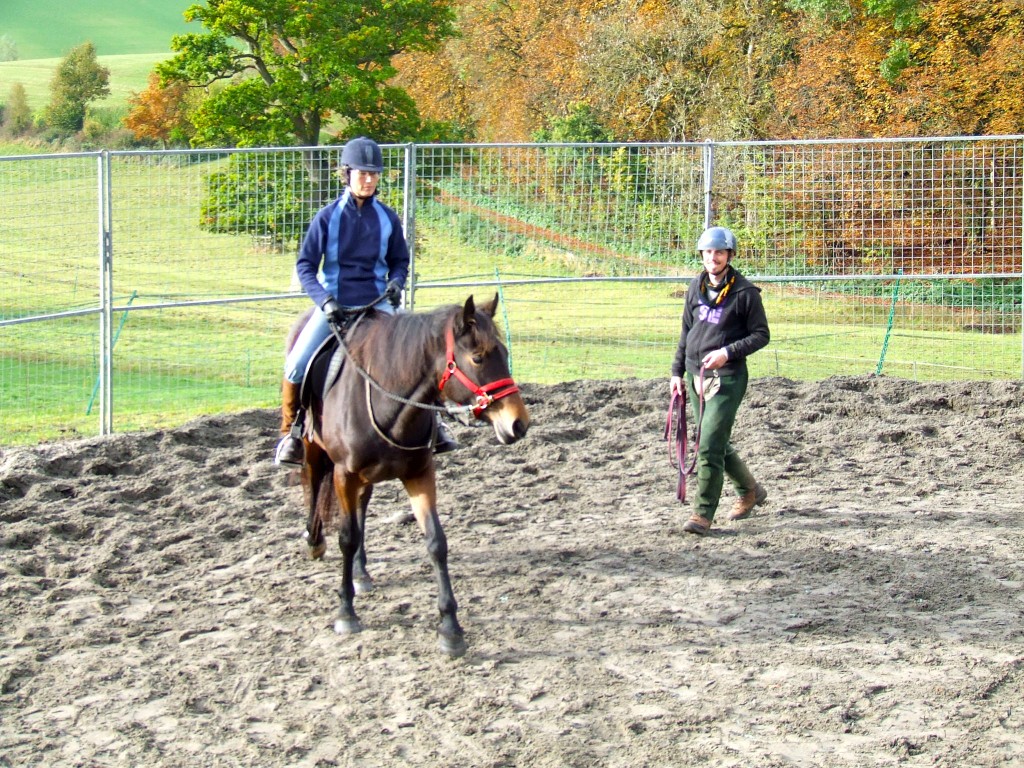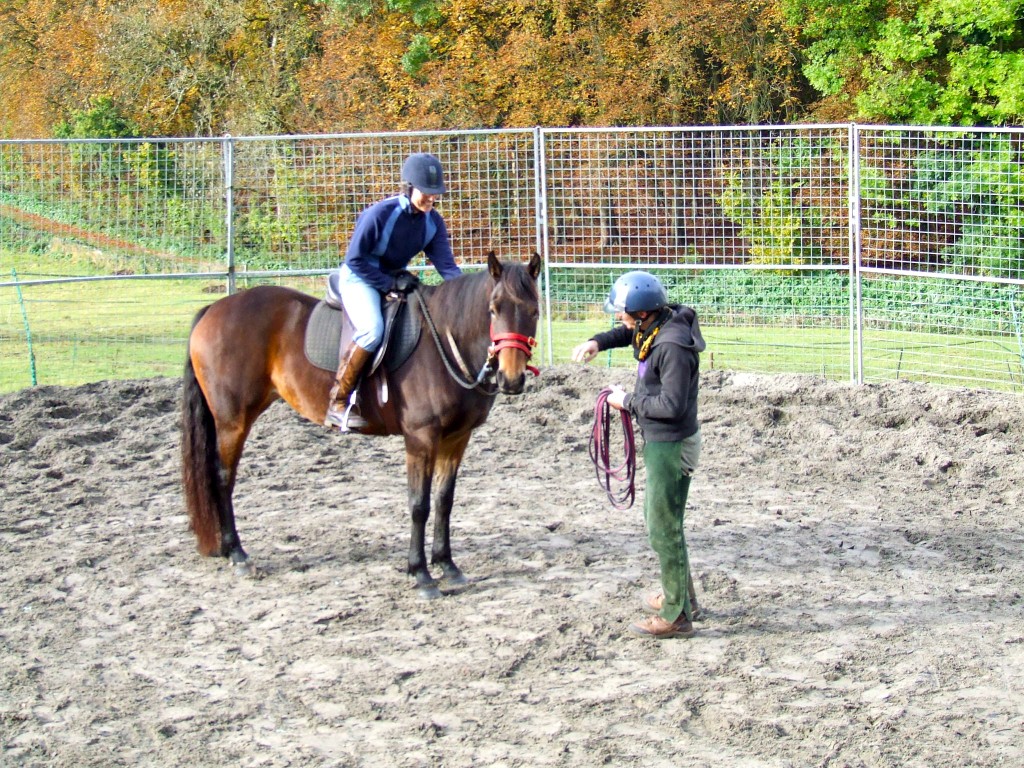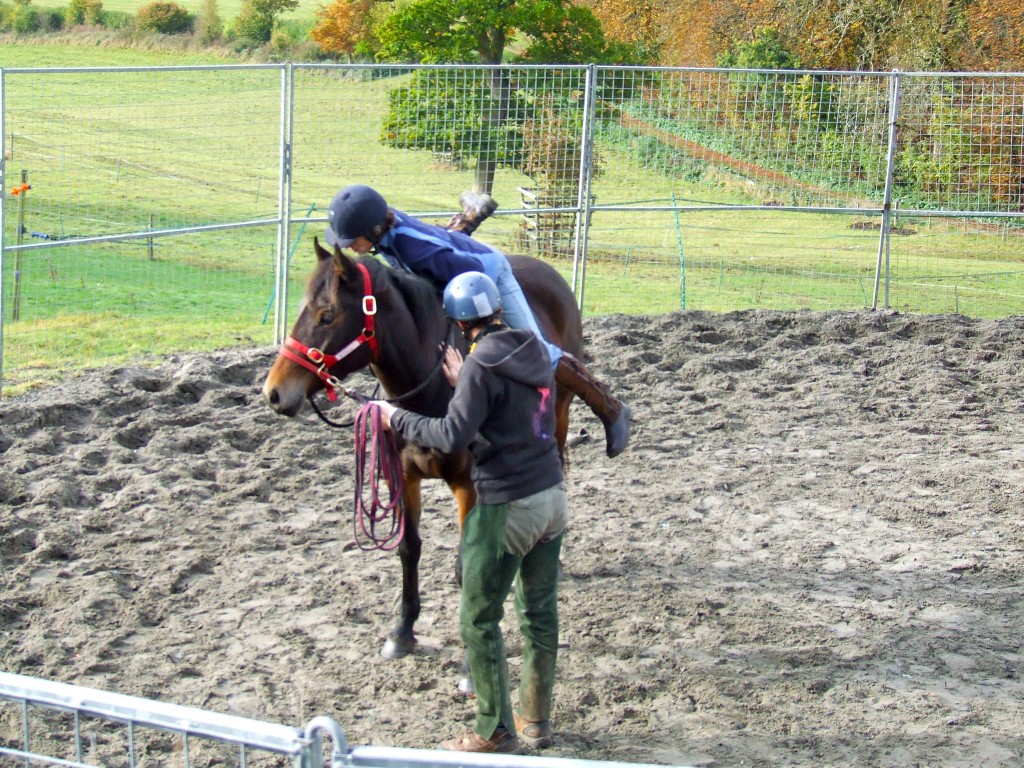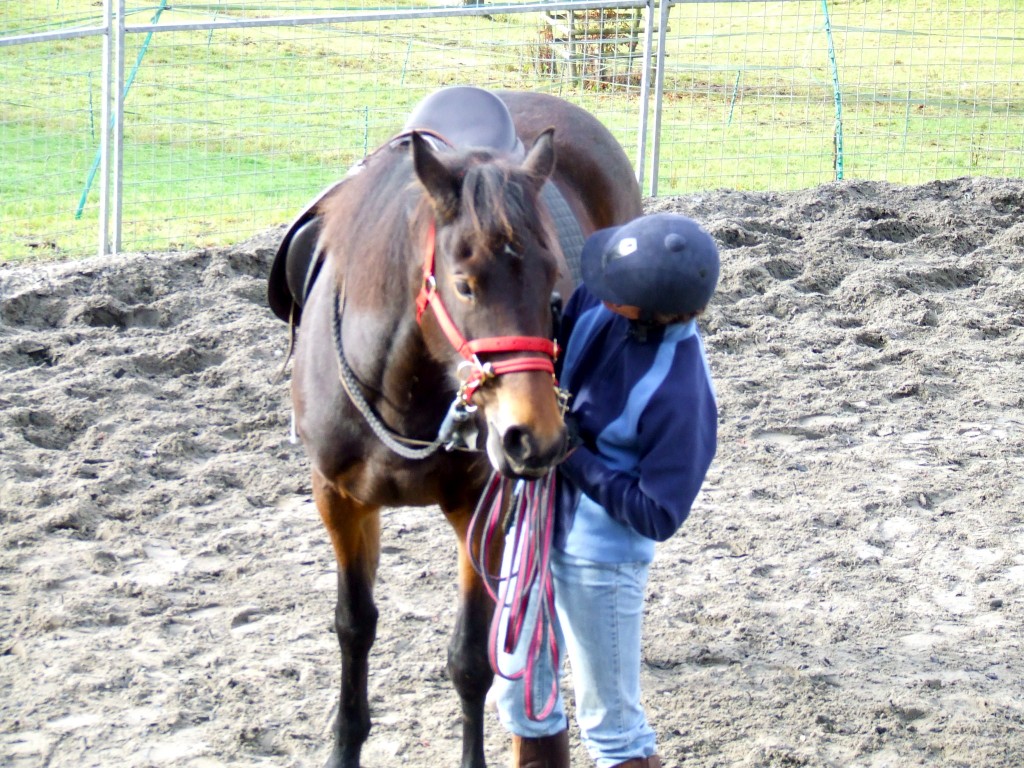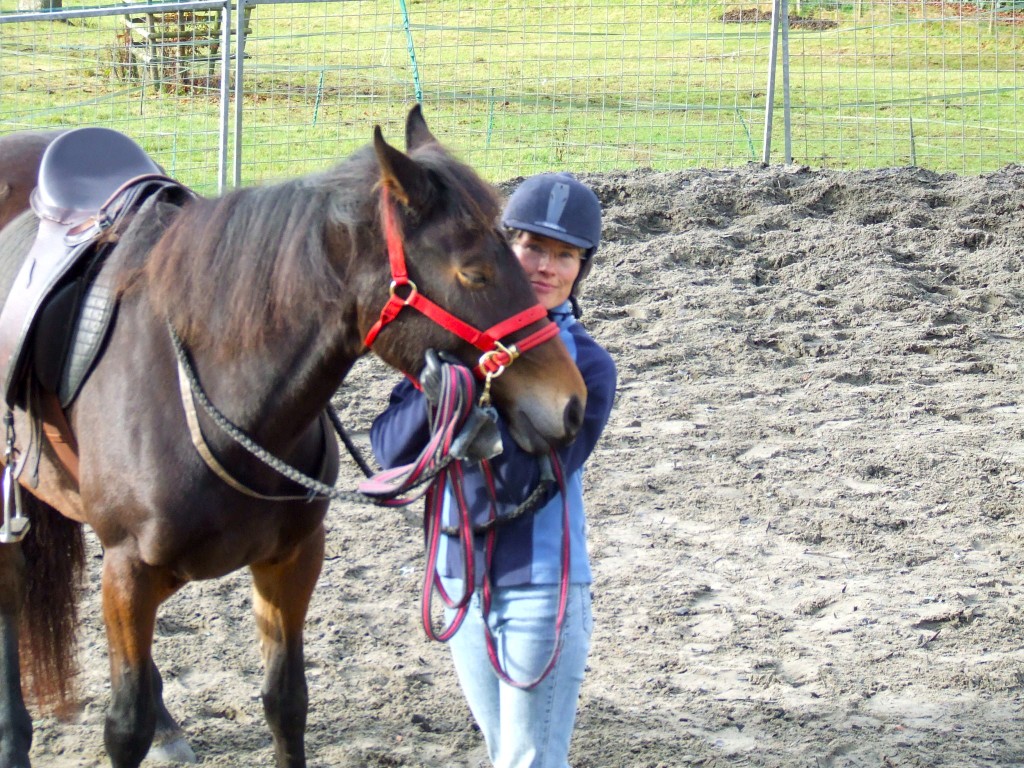Give Your Horse the Best Start
“When he has been well broken in he will do very well.” My master said he would break me in himself, as he should not like me to be frightened or hurt…..
Every one may not know what breaking in is, therefore I will describe it. It means to teach a horse to wear a saddle and bridle, and to carry on his back a man, woman or child; to go just the way they wish, and to go quietly. He must never start at what he sees, nor speak to other horses, nor bite, nor kick, nor have any will of his own; but always do his master’s will, even though he may be very tired or hungry; but the worst of all is, when his tack is once on, he may neither jump for joy nor lie down for weariness. So you see this breaking in is a great thing.”
From Black Beauty by Anna Sewell (1877)
As Black Beauty notes, there are many skills a horse needs to learn to be safe and reliable. We are convinced he would have felt the Intelligent Horsemanship approach to be sympathetic to his needs as an equine. The systematic, careful, and considered introduction of these areas of education will have a lasting impact on any horse. It’s crucial to get it right! Undoing early mistakes, and filling in the gaps later, can be difficult, time-consuming, and dangerous.
How is it Done?
We do not have the facilities to take horses in for starting, but if you are reasonably local and have suitable facilities, we may be able to help. We encourage owners to watch and participate in as much of the work as possible. We wish to enable you to have the service and the experience you want, and to be involved to as great a degree as you feel comfortable to be. We have on several occasions worked with experienced riders to enable them to be the first person to mount their own horse- which is a dream for many people.
We use Join Up(R) of course, and introduce the horse to his first saddle, bridle, and long-lines. With some horses the introduction of the lines may require some further desensitisation. Whether or not the horse is going to be wearing a bit, we ensure that they understand how to yield to pressure and are good to lead. Standing still is another skill that some horses may need some help with! The first rider is introduced when we feel it is appropriate. For some horses this might be on the first day we work them, for other horses it may be after a fortnight or more, or it may be felt that the horse needs further time consolidating or growing at home before they are ready to accept the rider.
How much of the ongoing education we do depends very much on the individual horse and how much you are able to do. As work progresses, we usually have a fairly clear idea of what we are likely to achieve in a given time, and will work to your priorities as much as possible. Ideally, we would like to have the horse walk, trot, and canter in the school and out and about on a hack.
The owners who we help with starting typically go away with greatly enhanced skills in reading and communicating with horses, leading, handling, in-hand, riding a youngster, and long lining. We use a treeless saddle (the Mondial Freedom Holistic Saddle) so as to avoid the need to use a treed saddle that might not fit. We work with many owners to find a solution to the saddle issue which both their budget and their horse can accommodate.
How Long does it Take?
There is so much more to starting a horse than that first backing, and to fully educate a horse is obviously an ongoing process over many years. Getting the basics right with a starter is our priority, and enabling the owner to consolidate this work is essential.
Sometimes the process takes as little as two weeks, but we prefer to have a longer, less intense timetable, so that we can adjust it carefully to the horse’s needs. Four weeks is not too short for most horses, but six or eight is more sensible for those who want to minimise the risk to themselves, and take the horse further along its education.
How Much does it Cost?
Our usual rates apply, currently £50 per hour, for the initial session, and £44 per hour thereafter. However, there are times when two people are required
We invite owners to do as much of the work as possible. In order to save on costs, owners will be invited to groom, tack up, and long line their horse in preparation for it being ridden, when the horse and owner are capable of doing that work without difficulty.
In this way we hope to make the experience of backing your horse one in which you fully participate, the memory of which you will cherish for years as you ride into the sunset on your new pony! For many owners this will involve learning new skills and achieving personal growth as well as a better bond with their young horse. They leave with the confidence and capability to continue to work safely when they return home.

